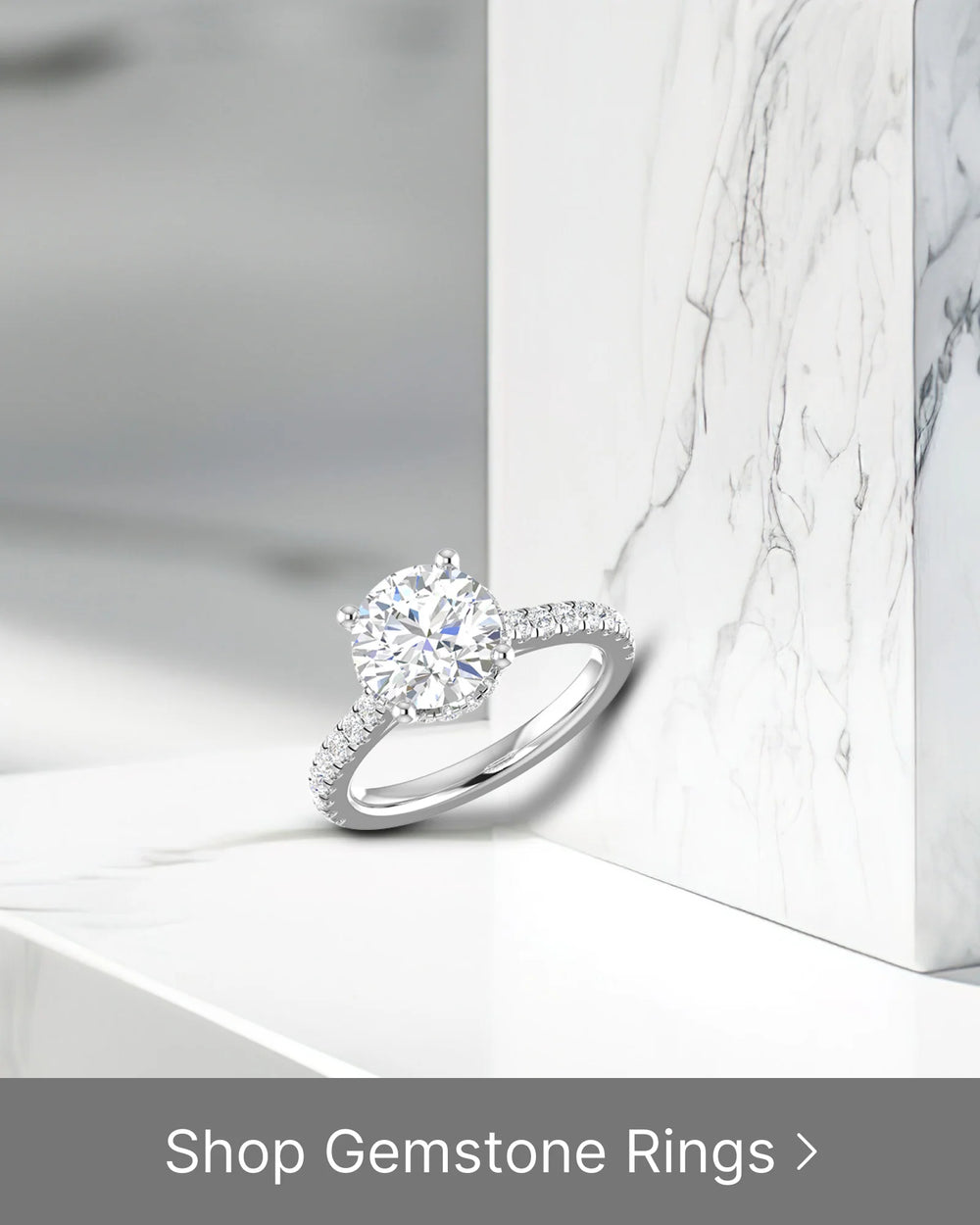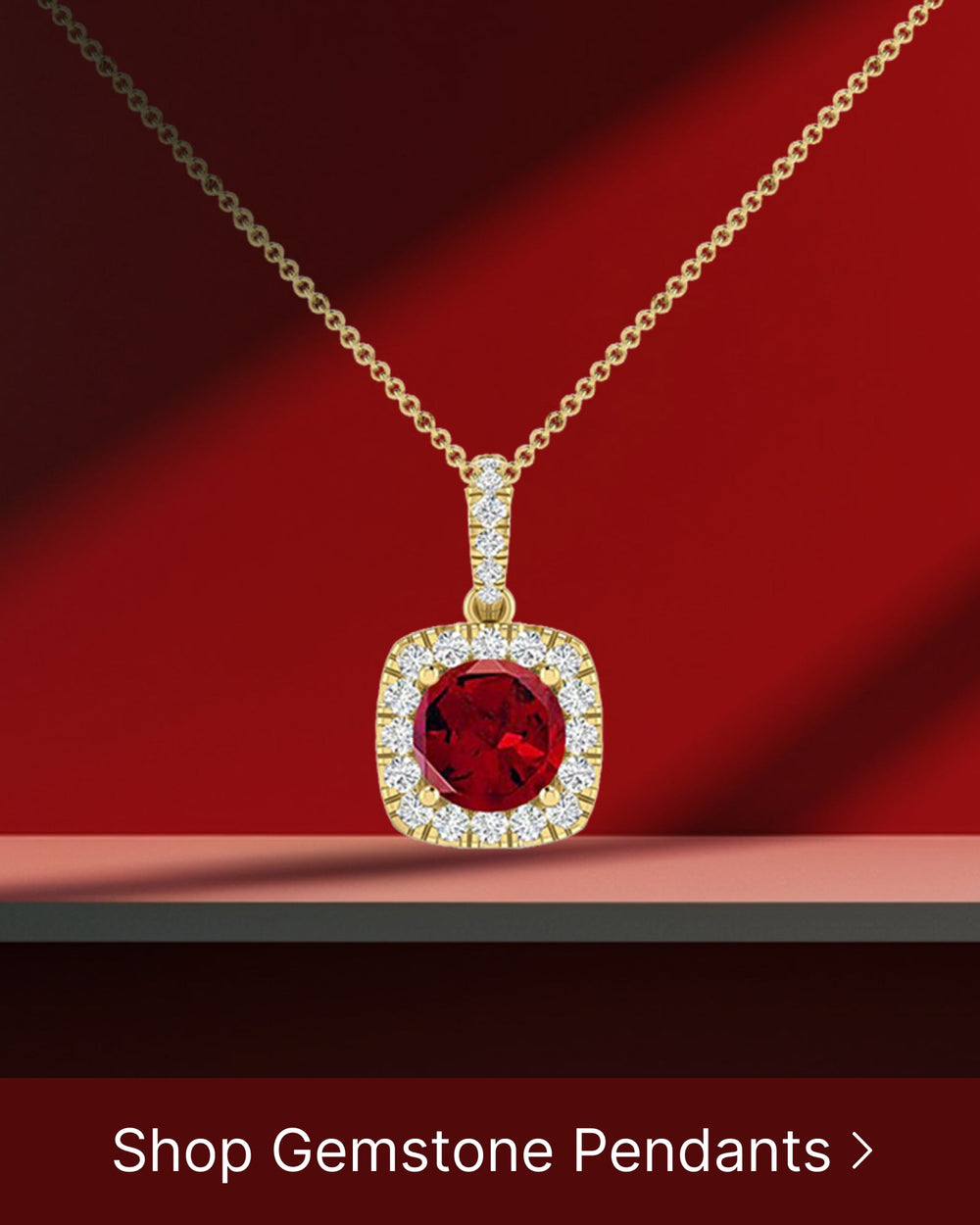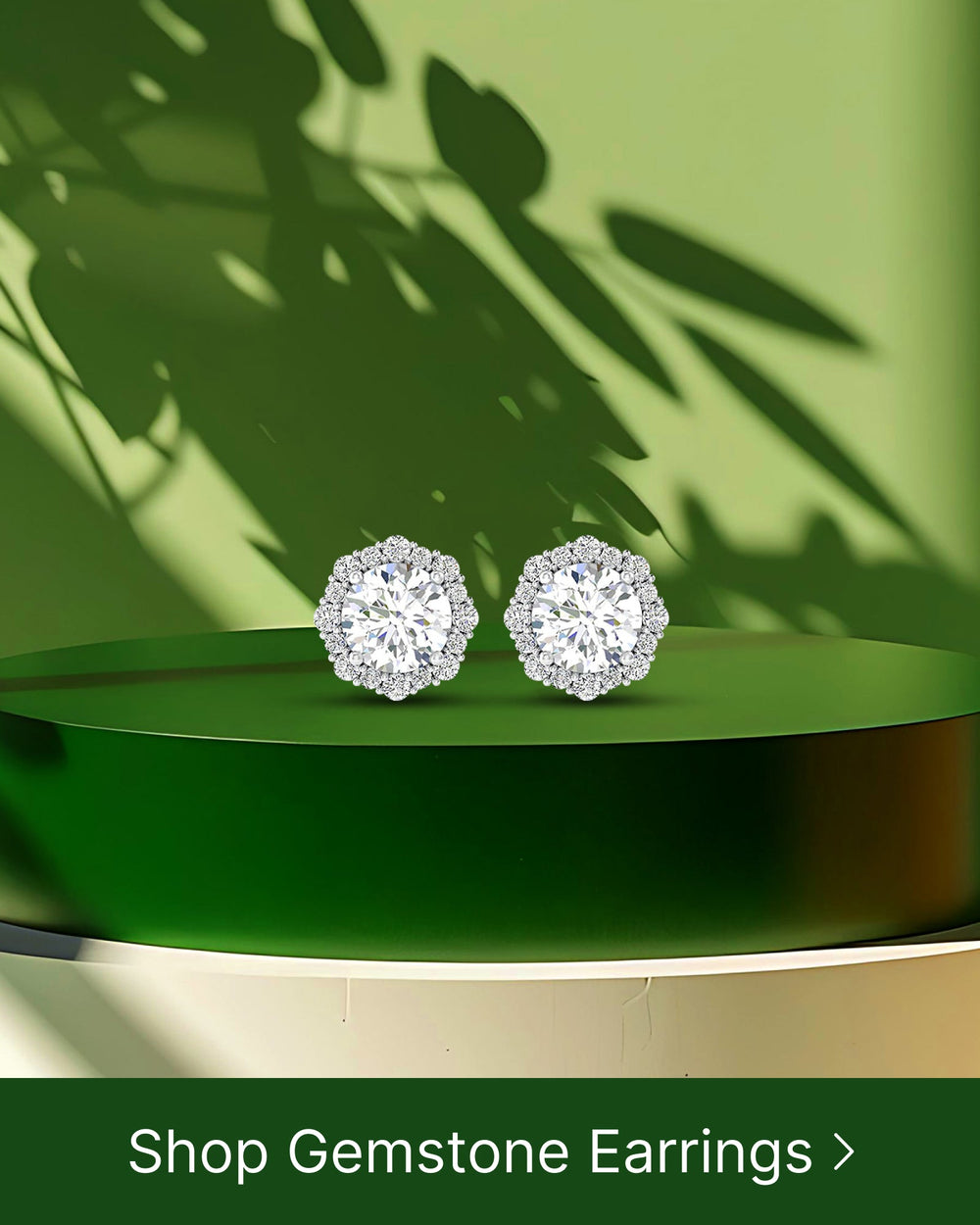Tahitian pearls are prized for their exceptional beauty and unique characteristics. In this Perlas de Tahití Education & Buying Guide, we will explore the fascinating world of Tahitian pearls, from their origin and formation to how to identify genuine pearls and care for them. We will also discuss the grading system for Tahitian pearls and the ethical considerations when purchasing these exquisite gems.
Understanding the Origin of Tahitian Pearls
Tahitian pearls, also known as black pearls, are not actually black but come in a range of dark colors such as gray, green, and peacock. They are formed in the Pinctada margaritifera oyster, which is native to the waters surrounding Tahiti and other islands in French Polynesia.
The oysters that produce Tahitian pearls are found in the pristine lagoons and atolls of French Polynesia, where the water is crystal clear and teeming with marine life. These oysters thrive in the warm tropical waters, creating the perfect environment for pearl formation.
The Unique Process of Pearl Formation
The formation of Tahitian pearls is a remarkable process that begins when an irritant, such as a grain of sand or a parasite, enters the oyster's mantle. In response, the oyster secretes layers of nacre, a combination of calcium carbonate and conchiolin, around the irritant to protect itself. This natural defense mechanism is what ultimately gives rise to the beautiful pearl.
As the oyster continues to secrete nacre, layer upon layer, the pearl gradually takes shape. It is a slow and meticulous process, taking several years for a Tahitian pearl to reach its full size and develop its characteristic luster.
Tahitian Pearls in the Context of Pearl History
Pearls have been treasured for thousands of years and hold a significant place in history and culture. From ancient civilizations to modern societies, pearls have been admired for their beauty and rarity. Throughout history, they have been associated with wealth, power, and elegance.
Tahitian pearls, with their unique colors and luster, have gained popularity in recent decades and are highly sought after by collectors and jewelry enthusiasts. Their distinctive dark hues and iridescent overtones make them a captivating choice for both classic and contemporary jewelry designs.
Today, Tahitian pearls are not only admired for their aesthetic appeal but also for their cultural significance. They are deeply rooted in the Polynesian culture and are often used in traditional ceremonies and celebrations. The people of French Polynesia have a deep appreciation for these pearls, considering them a symbol of their heritage and connection to the ocean.
Identifying Genuine Tahitian Pearls
When purchasing Tahitian pearls, it is important to be able to differentiate between genuine pearls and imitations. Here are some key characteristics to look for:
Characteristics of Tahitian Pearls
Tahitian pearls exhibit a range of colors, from dark gray to iridescent peacock-green. This wide spectrum of colors is due to the unique environment in which they are cultivated. The black-lipped oysters that produce Tahitian pearls are found in the pristine waters of French Polynesia, where they feed on a diet rich in plankton and other nutrients. This diet contributes to the vibrant and varied colors seen in Tahitian pearls.
Furthermore, Tahitian pearls have a rich, lustrous surface that reflects light beautifully. The nacre, or mother-of-pearl, that coats the pearl is thick and of high quality, giving it a smooth and nacreous texture. This high-quality nacre is a result of the oysters' slow growth process, which allows for the deposition of layer upon layer of nacre, resulting in a pearl with depth and durability.
In terms of shape, Tahitian pearls are typically round or near-round. This symmetrical shape is highly sought after and considered a classic choice for jewelry. However, it is worth noting that baroque-shaped Tahitian pearls, which have irregular and unique forms, are also highly valued for their individuality and artistic appeal.
Common Imitations to Be Aware Of
Imitation Tahitian pearls can be made from materials such as glass, plastic, or other inferior grades of pearl. These imitations lack the depth of color, luster, and overall quality found in genuine Tahitian pearls. While they may appear similar at first glance, a closer examination will reveal their inferiority.
One way to distinguish genuine Tahitian pearls from imitations is by their weight. Genuine pearls have a substantial weight to them due to the layers of nacre that have formed over time. Imitations, on the other hand, will feel lighter and less substantial in comparison.
Another telltale sign of imitation pearls is their lack of iridescence. Tahitian pearls are known for their mesmerizing play of colors, with hues ranging from deep grays to vibrant greens. Imitations often have a flat and dull appearance, lacking the captivating iridescence that is characteristic of genuine Tahitian pearls.
Lastly, it is crucial to always purchase pearls from reputable sources to ensure authenticity. Reputable jewelers and pearl dealers will provide certificates of authenticity, guaranteeing that the pearls you are purchasing are genuine Tahitian pearls. These certificates will also provide information about the origin and quality of the pearls, giving you peace of mind in your purchase.
Grading System for Tahitian Pearls
When assessing the quality of Tahitian pearls, several factors are considered. These include size, shape, color, luster, and surface quality.
Tahitian pearls, also known as black pearls, are highly sought after for their unique beauty and rarity. They are cultivated from the black-lipped oyster, which is native to the pristine waters of French Polynesia. Each pearl is a testament to the delicate and intricate process of nature, making them a true treasure.
Size and Shape Considerations
Tahitian pearls come in a variety of sizes, ranging from as small as 8 millimeters to as large as 18 millimeters. Generally, larger pearls are considered more valuable due to their rarity and the amount of time it takes for them to form. These larger pearls are often used as centerpieces in exquisite jewelry pieces, commanding attention and admiration.
Shape is another important factor when evaluating Tahitian pearls. Round and near-round pearls are highly prized for their symmetrical and balanced appearance. They are considered the epitome of elegance and are often used in classic and timeless jewelry designs. However, baroque pearls, with their unique shapes and irregularities, have also gained popularity in recent years. These pearls offer a more contemporary and artistic appeal, allowing designers to create one-of-a-kind pieces that celebrate individuality.
Color and Luster Evaluation
The color of Tahitian pearls is a significant factor in their value. The most desirable pearls exhibit a dark, saturated color that ranges from black to various shades of gray, green, blue, and even purple. These colors are often referred to as "peacock" colors due to their resemblance to the vibrant plumage of the peacock bird. In addition to the base color, Tahitian pearls also possess iridescent overtones, which add depth and complexity to their appearance.
Luster, often described as the pearl's inner glow, is another crucial aspect of their evaluation. High luster indicates a pearl of exceptional quality, as it reflects light in a captivating manner. When held under the light, these pearls seem to radiate from within, creating a mesmerizing play of colors and reflections. The luster of Tahitian pearls is often compared to that of a moonlit night, evoking a sense of mystery and enchantment.
In addition to the factors mentioned above, the surface quality of Tahitian pearls is also taken into consideration. Pearls with smooth and blemish-free surfaces are highly valued, as they showcase the pearl's natural beauty without any distractions. However, it is important to note that minor imperfections, such as small blemishes or surface irregularities, are common in natural pearls and do not necessarily diminish their overall value or appeal.
Caring for Your Tahitian Pearls
To ensure that your Tahitian pearls remain beautiful and lustrous for years to come, proper care and maintenance are essential.
Cleaning and Maintenance Tips
When cleaning Tahitian pearls, it is important to use gentle and non-abrasive methods. Simply wiping them with a soft, damp cloth is usually sufficient. Avoid exposing your pearls to harsh chemicals, excessive heat, or prolonged exposure to sunlight.
Proper Storage for Longevity
Storing Tahitian pearls properly helps prevent damage and maintain their quality. Ideally, pearls should be stored separately from other jewelry to prevent scratching. A soft pouch or a lined jewelry box is recommended, and it is best to avoid storing pearls in airtight containers as they need some humidity to prevent drying out.
Ethical Considerations When Buying Tahitian Pearls
When purchasing Tahitian pearls, it is important to consider the ethical and sustainability aspects of the industry.
Sustainable Pearl Farming Practices
Many pearl farms in French Polynesia follow sustainable farming practices, ensuring that their pearl cultivation methods have minimal impact on the surrounding environment. Look for pearls that come from reputable farms committed to sustainability.
Fair Trade and Worker Rights
Supporting fair trade practices in the pearl industry ensures that the workers involved in the production of Tahitian pearls receive fair wages and have safe working conditions. Look for certifications or partnerships with organizations that promote fair trade and worker rights.
In conclusion, this Perlas de Tahití Education & Buying Guide has provided valuable insights into the world of Tahitian pearls. From understanding their origin and formation to identifying genuine pearls, grading their quality, and caring for them, we have covered all aspects essential for becoming a knowledgeable buyer. Remember to consider ethical considerations when purchasing Tahitian pearls to support sustainability and fair trade practices in the industry. Now, armed with this knowledge, you can confidently embark on your journey to find the perfect Tahitian pearl jewelry.





